How to get a flat stomach at any age
Learn how to get a flat stomach at any age, with tips from the health experts
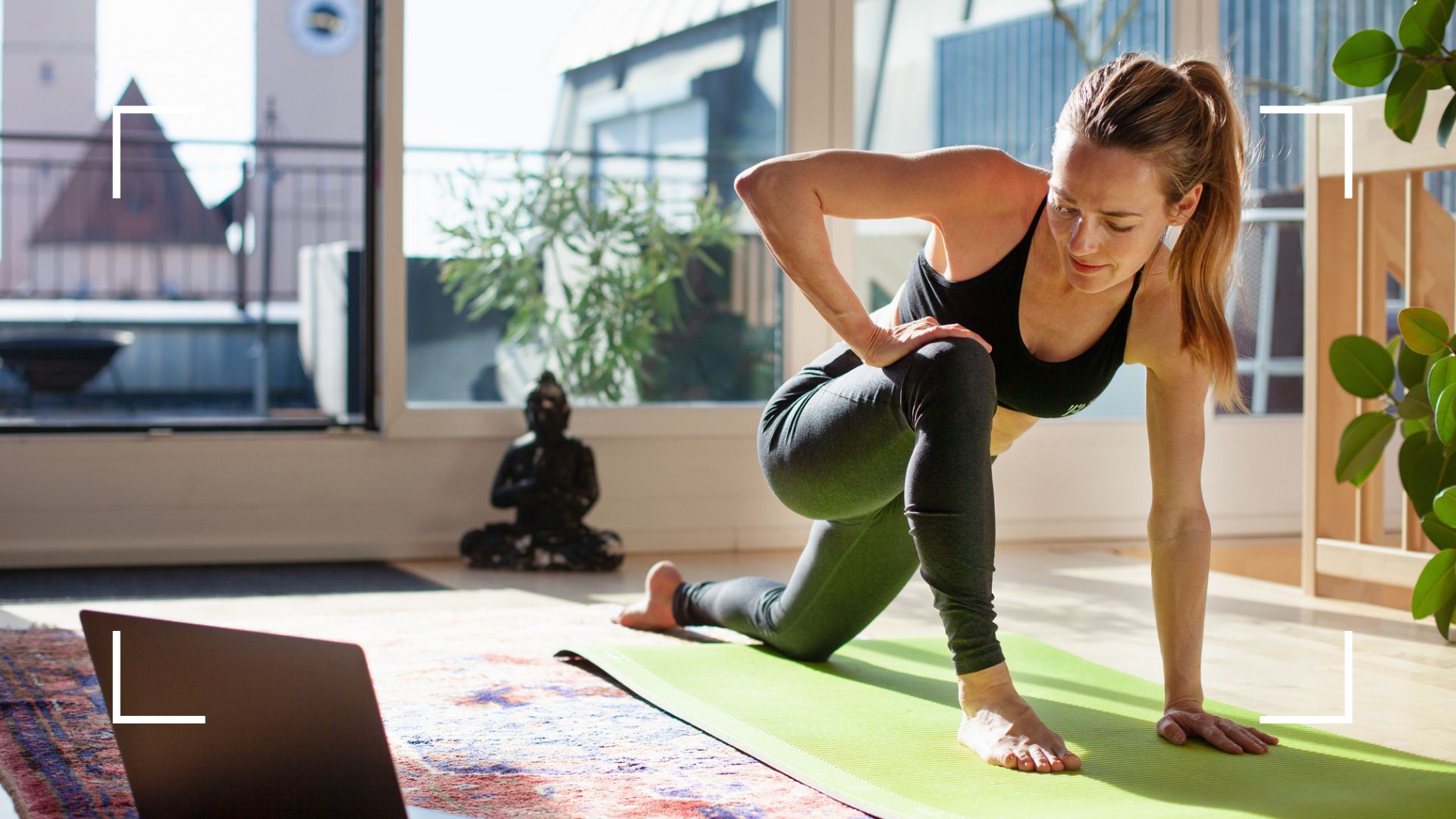

If you're looking for how to get a flat stomach at any age, you're most likely looking for ways to 'tone up' and start losing weight. Whether it's because you want to feel more comfortable in a bikini on holiday or start a longer weight loss journey, just a few simple steps will take you in the right direction.
But be warned, there's no such thing as specific fat reduction. "There's no miracle diet, food, nutrient, or bioactive component that will target abdominal fat," says Dr Kari D. Piolla, a nutrition expert at California Polytechnic State University. "Despite what many weight loss programs will say, just doing loads of sit ups will not give you an immediate flat stomach."
Instead, you have to create an all-over calorie deficit to lose weight. This, combined with good exercise like walking for weight loss, will help you get a flat stomach - no matter your age.
How to get a flat stomach at any age
It should come as no surprise that to get a flat stomach and lose weight generally, you need to eat well and exercise. This should mean you start to burn more calories than you eat every day, otherwise known as an energy or calorie deficit. But the type of exercise that you do matters more when it comes to losing fat around your middle, says Hannah Barrett, health advisor at Bupa Health Clinics.
"You be tempted to think that the best way to get rid of stomach fat is plenty of sit-ups. However, this form of exercise will only target the muscles sitting behind your fat," Hannah explains. "Studies from Duke University Medical Center show that a regular combination of aerobic and strength training exercises are actually the best way to target your body's fat."
There are also many other factors that will affect how your body accumulates, stores, and then burns fat as you age to be aware of.
20s
"After around 25, your metabolic rate begins to slow down, meaning that most women will notice that they can’t eat the same as they used to without gaining some weight," explains Hannah. "This might be carried in new places for you, like around your hips, thighs, and bust. This is completely normal because usually after 25, your muscle mass starts to reduce, and your body is no longer building bone mass."
Sign up for the woman&home newsletter
Sign up to our free daily email for the latest royal and entertainment news, interesting opinion, expert advice on styling and beauty trends, and no-nonsense guides to the health and wellness questions you want answered.
This is why strength training plays such an important role. "It helps to improve the strength of your bones, joints and muscles, along with enhancing your heart health and mental wellbeing."
30s
In your 30s, your body's ability to burn calories continues to slow down. "This means you're more likely to gain weight," Hannah warns. However, by incorporating more strength training into your exercise regime, you can help to reverse these effects by building more muscle.
"Weight training helps to you to build more lean muscle mass, which increases your metabolism and can even help you to burn more calories when you're resting," she adds, pointing to several studies over the years that have concluded this, including one from the US National Institutes of Health.
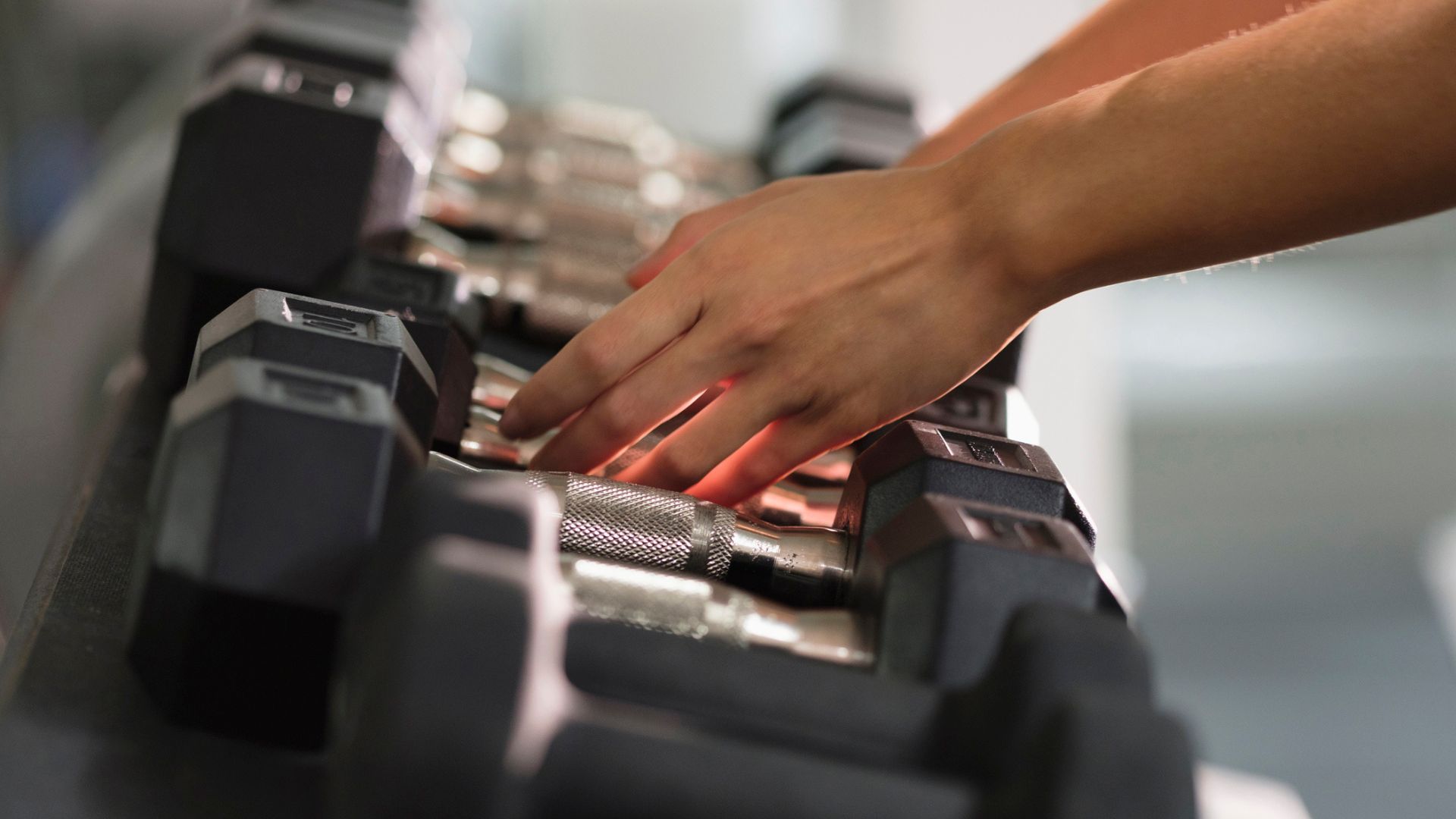
40s
If you want to know how to get a flat stomach at 40, be mindful of how many calories you consume and up the amount of strength training you do. "This will help reduce the chance of you gaining weight and increase your body's muscle reserves, as your metabolism continues to slow down," Hannah says. To find out how your metabolism is performing currently, working out your metabolic age is a good start.
It's particularly important for reducing belly fat though, as compared to previous decades, "you might find that your belly fat increases in your 40s, even if you're not gaining weight. This is because your body is reducing the amount of estrogen it produces."
As one of the early signs of perimenopause, she says, "the change in hormone levels will affect how fat is distributed in the body, meaning you might develop a more 'apple' than 'pear' shape."
50s
"Many people find it difficult to maintain their weight as they get older, especially those whose parents or close relatives have belly fat," health adviser Hannah says. "As you age, the amount of muscle you have typically decreases, meaning your metabolism slows down and you're more likely to gain weight."
At this age, it's important to be aware that menopause and being postmenopausal affects how well you lose weight - but it doesn't mean that losing weight isn't possible. "Lots of people associate this time with menopausal weight gain due to the hormonal changes that take place, however, it’s possible to reverse its effects by eating healthily and exercising regularly."
60s, 70s, 80s
Many women find that their appetite reduces when they reach their 60s, even if the amount of fat they have seems to increase. "It’s important to keep active, make sure your body’s getting the nutrients it needs, and to maintain a healthy weight by eating three regular meals a day, or smaller meals and frequent snacks if you’re struggling with larger meals," Hannah says.
Strength training, the most common element of how to get a flat stomach at any age, should also continue. "It's important that you're regularly doing light strength exercises to help keep your muscles and balance strong, which will help you reduce the risk of fragility and falls," she adds. Starting out with something like yoga for beginners is a good way to start building up strength, as is Pilates for beginners if you're looking for something even more core-orientated.
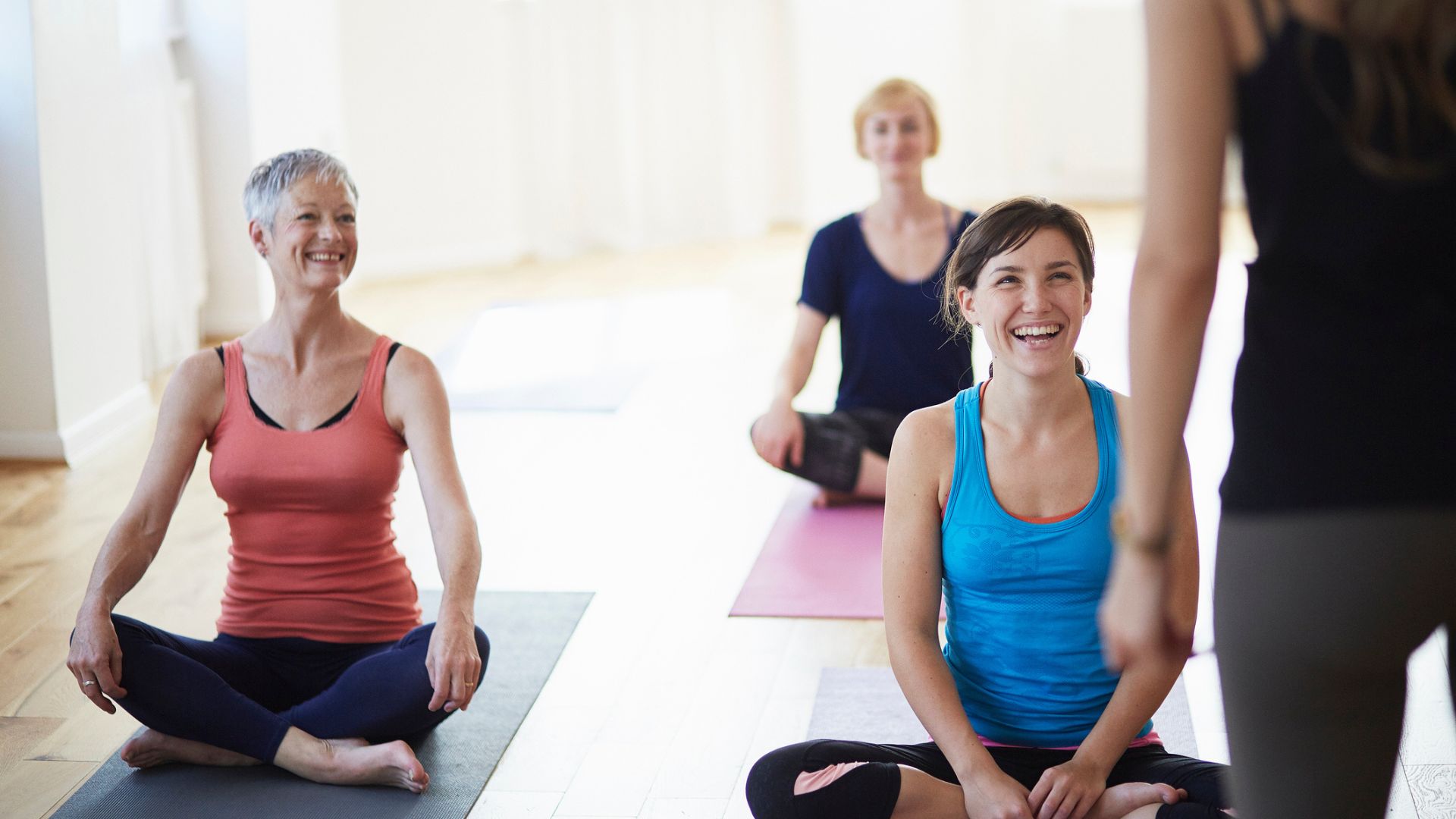
What is the best exercise for a flat stomach?
"Try brisk walking, running, swimming, cycling, jogging, dancing, or team activities like sports or fitness classes to see what you like the most," says Hannah. But ultimately, the best aerobic exercises are the ones that you enjoy and are more likely to do regularly in the morning, she explains.
And when it comes to strength training, opt for exercises where you use a combination of your own body weight and additional equipment. Including:
- Pilates, including programs like Pilates for weight loss.
- Body weight exercises like squats, planks, and press-ups
- Yoga, and similarly, yoga for weight loss.
- Cross training
- Weightlifting with kettlebells, dumbbells, or a barbell
- Resistance bands
- Weight machines
- HIIT workouts

Grace Walsh is woman&home's Health Channel Editor, working across the areas of fitness, nutrition, sleep, mental health, relationships, and sex. She is also a qualified fitness instructor. In 2025, she will be taking on her third marathon in Brighton, completing her first ultra marathon, and qualifying as a certified personal trainer and nutrition coach.
A digital journalist with over seven years experience as a writer and editor for UK publications, Grace has covered (almost) everything in the world of health and wellbeing with bylines in Cosmopolitan, Red, The i Paper, GoodtoKnow, and more.
-
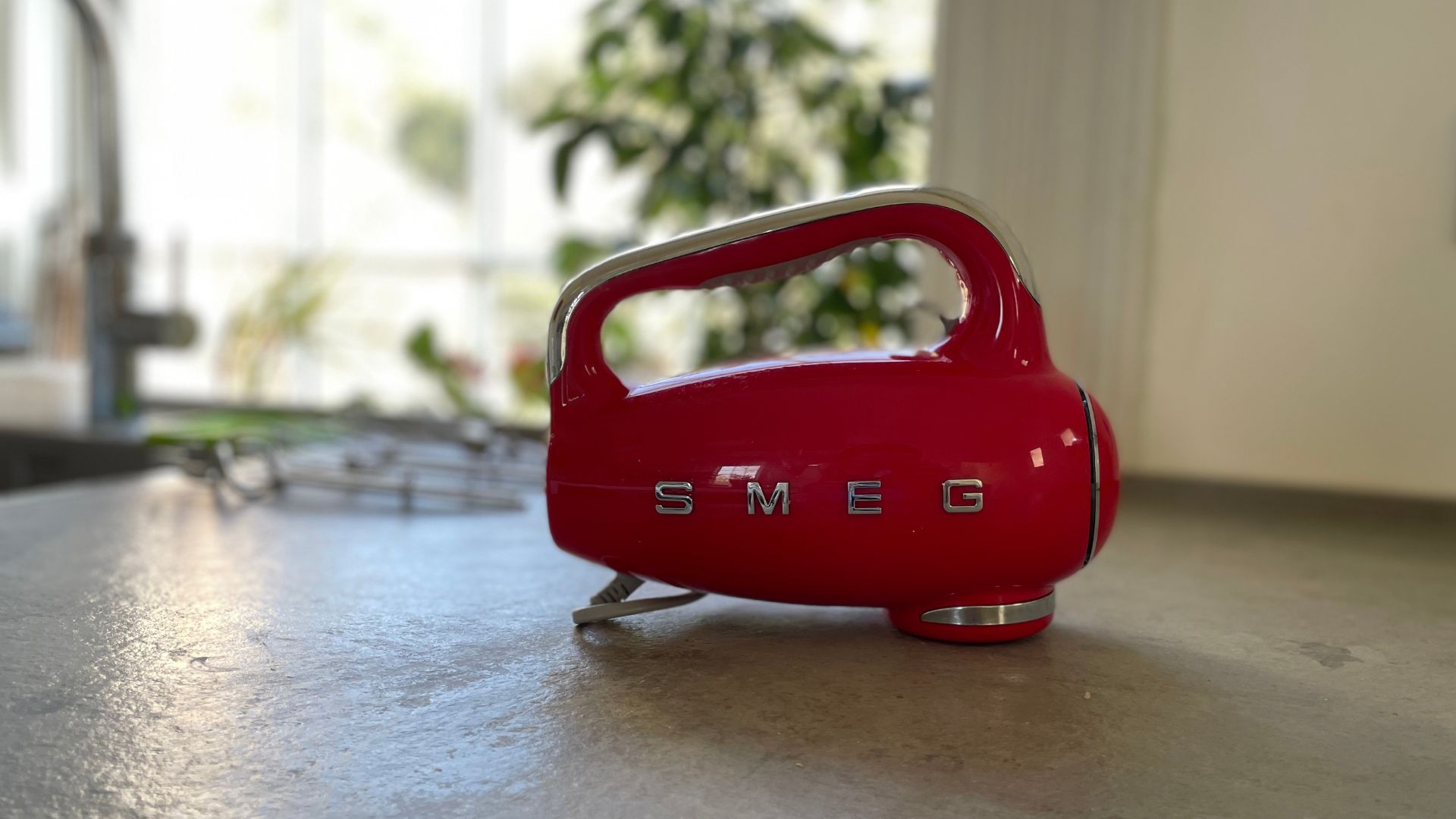 Smeg's retro hand mixer puts the 'king' in baking - I'm convinced it's the best
Smeg's retro hand mixer puts the 'king' in baking - I'm convinced it's the bestThe Smeg 50s Style Hand Mixer is every keen baker's dream: it whips up cream, mixes cookie dough, and kneads bread like the best hand mixers on the market
By Laura Honey Published
-
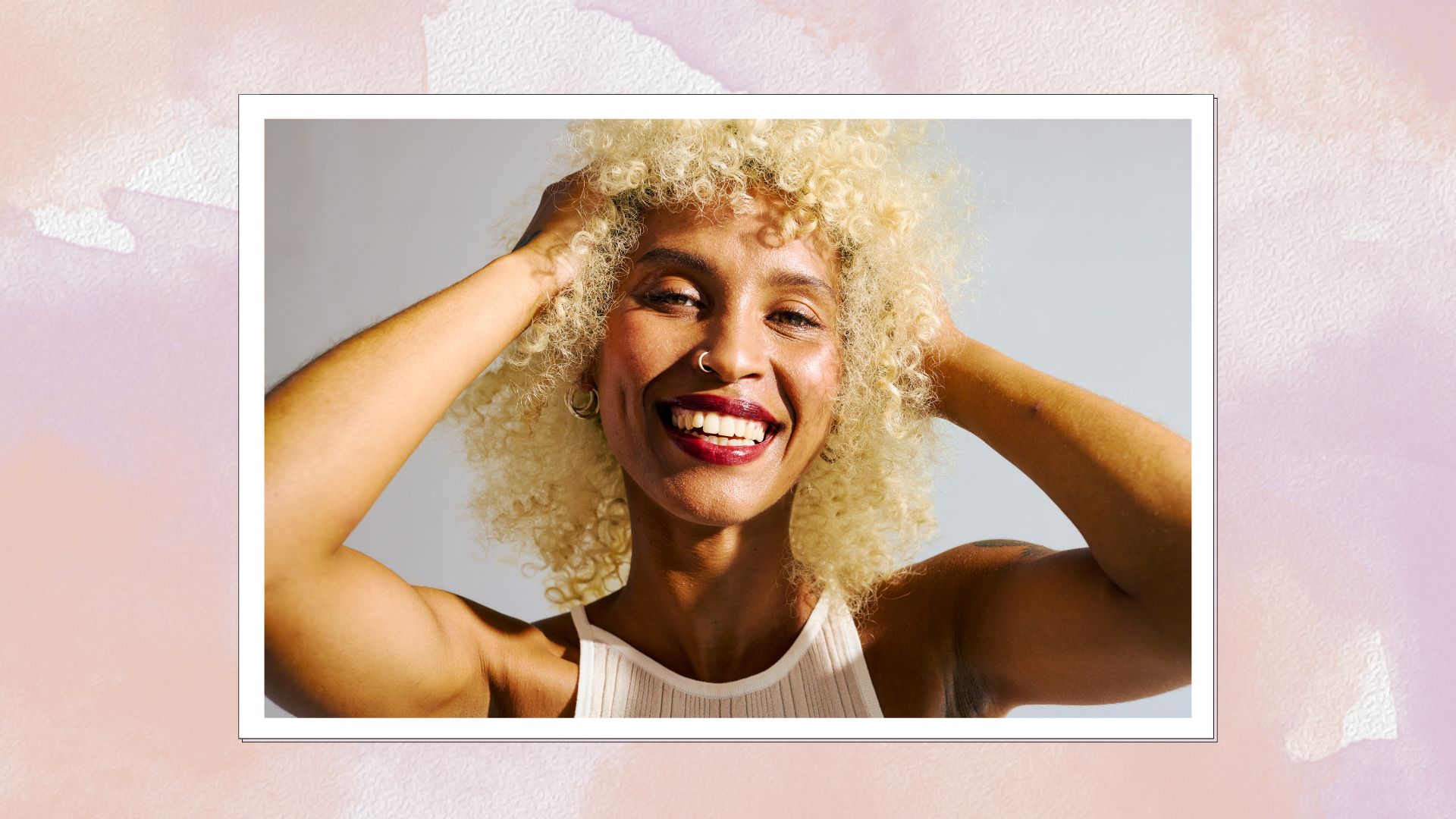 From highlights to glosses, here's everything you should know before colouring Afro-textured hair
From highlights to glosses, here's everything you should know before colouring Afro-textured hairKeep your curls and coils healthy during colour processes with this beauty editor's guide
By Keeks Reid Published